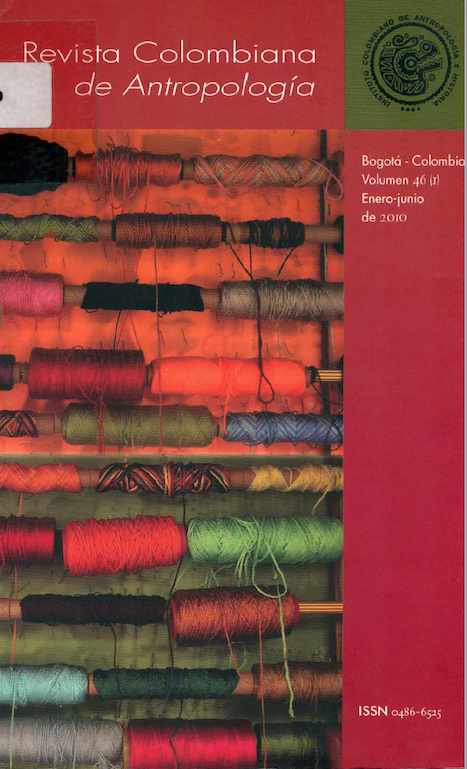Animalizar para distinguir. Narraciones y experiencias del conflicto político armado entre la Gente de centro
DOI:
https://doi.org/10.22380/2539472X.995Palabras clave:
Gente de centro, conflicto político armado, recursos culturales, política de la distinción, “animales de monte”Resumen
En este artículo se pretende dar respuesta a dos preguntas. La primera: ¿De qué manera los uitoto, muinane, andoke y nonuya, autodenominados Gente de centro, construyen las diferencias culturales sobre sí mismos y las FARC y el ejército, que hacen presencia en su territorio? La segunda: ¿Qué recursos culturales emplean para tomar una posición como sujetos diferenciados no armados? Las distinciones entre los protagonistas de la guerra y las poblaciones del medio río Caquetá se erigen sobre nociones opuestas entre lo animal y lo humano, siendo guerrilla y ejército clasificados como “animales de monte” y la Gente de centro concebida a sí misma como humanidad verdadera. El autor insiste en nombrar esta clasificación cultural que “animaliza para diferenciar” como la política de la distinción.
Descargas
Referencias bibliográficas
BOLÍVAR, I. J. Y FLORES, A. (2004). La investigación sobre la Violencia: categorías, preguntas y tipo de conocimiento. Revista de Estudios Sociales-Universidad de los Andes, 17, 32-41.
BOURDIEU, P. (1994). Razones prácticas. Sobre la teoría de la acción. Barcelona: Anagrama.
CANDRE KINERAI, H. & ECHEVERRI, J. A. (1993). Tabaco frío, coca dulce. Bogotá: Colcultura.
DESCOLA, P. (1994). In the society of nature: a native ecology in Amazonia. Cambridge: Cambridge University Press.
____________. (1996). La selva culta: simbolismo y praxis en la ecología de los achuar. Quito: Ediciones Abya-Yala.
DAS, V. & KLEINMAN, A. (2000). Introduction. En V. Das, A. Kleinman, M. Ramphele & P. Reynolds (Eds.). Violence and subjectivity. Berkeley: University of California Press.
ECHEVERRI, J. Á. (1997). The people of the center of the world. A study in culture, history, and orality in the Colombia Amazon. (Disertación doctoral sin publicar), Faculty and Political and Social Science of the New School for Social Research, New York.
FELDMAN, A. (1991). Formations of violence. The narrative of the body and political terror in Northern Ireland. Chicago: The University of Chicago Press. DOI: https://doi.org/10.7208/chicago/9780226240800.001.0001
GASCHÉ, J. Y ECHEVERRI, J. Á. (2003). Perfil del proyecto. Sociodiversidad bosquecina: un acercamiento desde un enfoque de una sociología comparativa (Manuscrito sin publicar). Instituto de Investigaciones Amazónicas-Universidad Nacional de Colombia-Instituto de Investigaciones de la Amazonía Peruana, Iquitos.
GOW, P. (1991). Of mixed blood: Kinship and history in Peruvian Amazonia. Nueva York: Oxford University Press.
GRENAND, P. & GRENAND, F. (2000). “Em busca da aliança impossível. Os waiãpi do norte e seus brancos (Guiana Francesa)”. En B. Albert & A. R. Ramos (Orgs.). Pacificando o branco. Cosmologias do contato no Norte-Amazônico (pp. 145-178). São Pablo: UNESP Editora, Imprenta Oficial SP-IRD.
GRIFFITHS, T. (2001). Finding one’s body. Relationships between cosmology and work in North-West Amazonia. En L. M. Rival & N. L. Whitehead (Eds). Beyond the visible and the material. The amerindianization of society in the work of Peter Rivière (pp. 247-262). Oxford University Press.
GRIFFITHS, T. 1998. Ethnoeconomics and native Amazonian livelihood: Culture and economy among the Nipóde-Uitoto of the middle Caquetá basin in Colombia. (Disertación doctoral sin publicar). St. Antony’s College Faculty of Anthropology and Geography. University of Oxford, Oxford.
KALYVAS, S. (2004). La ontología de la violencia política. Revista Análisis Político, 52(septiembre-diciembre), 51-76.
KLEIMAN, A., DAS, V. & LOCK, M. (1997). Social suffering. Berkeley: University of California Press.
KROHN-HANSEN, C. (1997). Review: The anthropology and ethnography of political violence. Reviewed work(s): Formations of violence. The narrative of the body and political terror in Northern Ireland by Allen Feldman; Purity and exile. Violence, memory, and national cosmology among Hutu refugees in Tanzania by Liisa Malkki; Fieldwork under fire. Contemporary studies of violence and survival by Carolyn Nordstrom; Antonius C. G. M Robben. Journal of Peace Research, 34(2), 233-240.
LEVI, P. (2005). Trilogía de Auschwitz. Si esto es un hombre. La tregua. Los hundidos y los salvados. México: Editorial Océano.
LONDOÑO SULKIN, C. D. (2004). Muinane. Un proyecto moral a perpetuidad. Medellín: Editorial Universidad de Antioquia.
____________. (en prensa). Entre el amor y el odio: estado de un debate académico sobre la socialidad entre indígenas amazónicos. En C. L. del Cairo Silva (coord.). Ponencia presentada en el X Congreso de Antropología, Manizales-Caldas. Simposio Alterno: “Construyendo territorios: actores sociales, conflictos en la amazonía colombiana”.
MALKKI, LH. (1995). Purity and exile. Violence, memory, and national cosmology among Hutu refugees in Tanzania. Chicago: The University of Chicago Press.
NEGOCIACIÓN EN MEDIO DEL CONFLICTO, FARC-PASTRANA, COLOMBIA. (s. f.). Recuperado de: http://spanish.peopledaily.com.cn/sapanish/200201/22/sep20020122_51986.html.
NORDSTROM, C. Y ROBBEN, A. C. G. M. (1995). Fieldwork under Fire. Contemporary studies of violence and survival. Berkeley-Londres: University of California Press.
OROZCO TASCÓN, C. (2008). Entrevista a Consuelo González de Perdomo. El Espectador, febrero 10 al 16, p. 5A.
OVERING, J. & PASSES, A. (Eds.). (2000). The anthropology of love and anger: emotions, embodiments and the aesthetics of conviviality in native South America. London: Routledge.
RAMÍREZ, M. C. (2001). Entre el estado y la guerrilla: Identidad y ciudadanía en el movimiento de los campesinos cocaleros del Putumayo. Bogotá: Colciencias-ICANH.
SANTOS-GRANERO, F. (2000). The Sisyphus syndrome, or the struggle for conviviality in native Amazonia. En J. Overing y A. Passes (Eds). The anthropology of love and anger: emotions, embodiments and the aesthetics of conviviality in native South America. London: Routledge.
STEINER, C. (2009). Almas en pena. Una aproximación antropológica a las prácticas violentas en zonas de conflicto. En A la sombra de la guerra. Ilegalidad y nuevos órdenes regionales en Colombia. Bogotá: Uniandes-CESO.
____________. (2005). Memories of violence, narratives of history: Ethnographic journeys in Colombia. (Disertación doctoral sin publicar). Center for Latin American Studies in the graduate division of the University of California, Berkeley.
TAYLOR, A. C. (1996). The soul’s body and its states: an Amazonian perspective on the nature of being human. The Journal of the Royal Anthropological Institute, 2(2), 201-216. DOI: https://doi.org/10.2307/3034092
TODOROV, T. (1993). Las morales de la historia. Barcelona: Paidós.
URIBE ALARCÓN, M. V. (2004). Antropología de la inhumanidad. Un ensayo interpretativo sobre el terror en Colombia. Bogotá: Norma.
VILAÇA, A. (2002). Making kin out of others in Amazonia. Journal of the Royal Anthropological Institute, 8, 347-365. DOI: https://doi.org/10.1111/1467-9655.00007
VIVEIROS DE CASTRO, E. (1996). Images of nature and society in Amazonian ethnology. Annual Review of Anthropology 25,179-200. DOI: https://doi.org/10.1146/annurev.anthro.25.1.179
WIEVIORKA, M. (2006). En torno a la violencia. Entrevista a Michel Wieviorka. Laurentino Vélez-Pelligrini. En El Viejo Topo. 222-223, 58-65.
ZULAIKA, J. (1990). Violencia vasca: metáfora y sacramento. Madrid: Editorial Nerea.




















